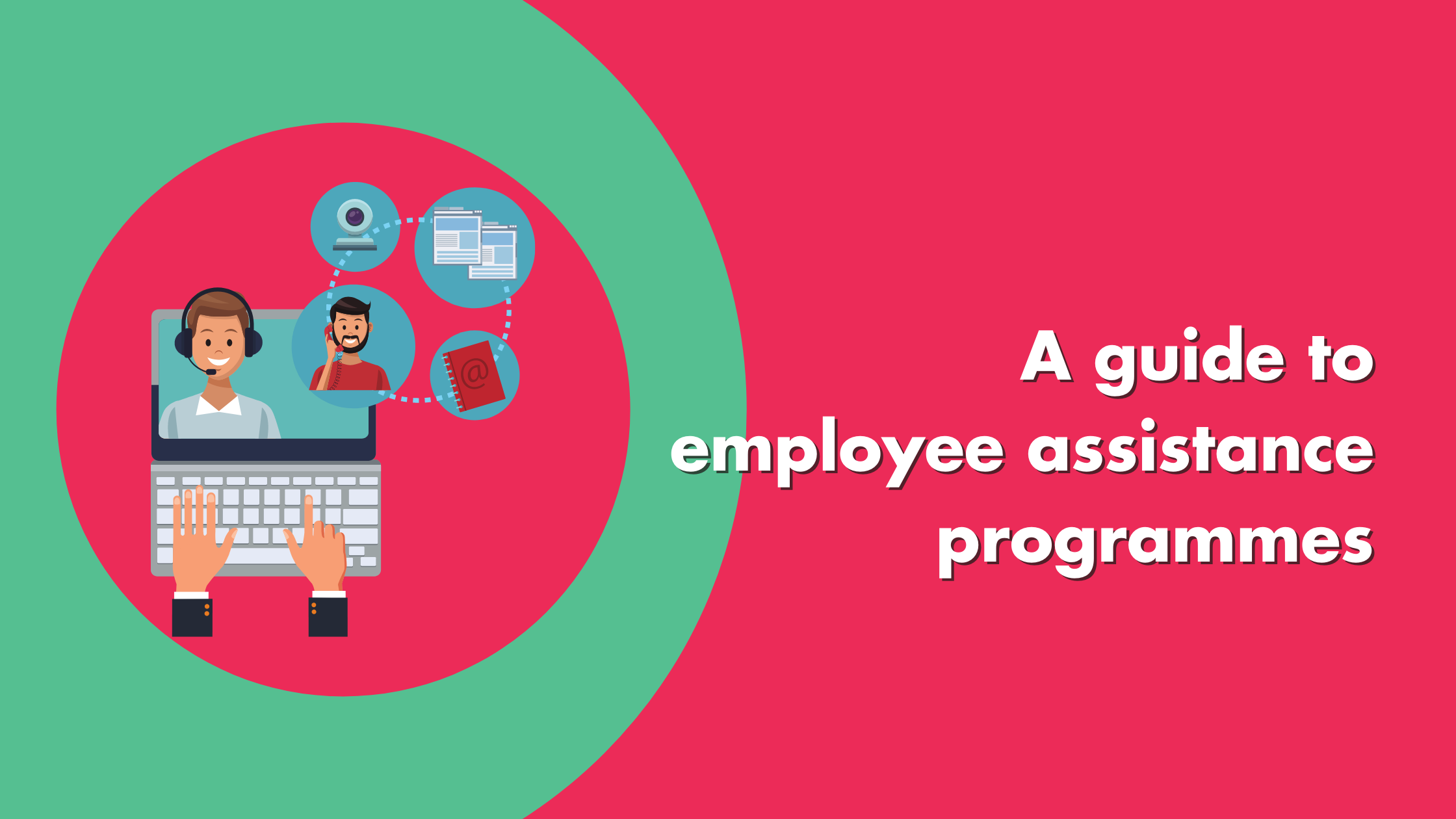Employee Assistance Programs (EAPs) are vital resources offered by employers to support the well-being of their staff. These programs provide confidential counseling, crisis intervention, and a range of support services designed to help employees manage personal and professional challenges. In this comprehensive guide, we’ll explore the various facets of EAPs, how they can be a lifeline for employees, and what to consider when choosing or using such a program.
What is an Employee Assistance Program?
An EAP is a work-based intervention program designed to assist employees in resolving personal problems that may be affecting their work performance. These programs aim to improve organizational health and employee productivity by providing support through counseling and other resources. Common issues addressed by EAPs include stress, substance abuse, emotional distress, major life events, including births, accidents, and deaths, and health-related concerns.
Services Offered by EAPs
The services provided by EAPs can vary widely from one organization to another but typically include the following:
- Confidential counseling: This service offers a set number of free sessions with licensed therapists or counselors to help employees deal with personal or work-related issues.
- Legal assistance and financial counseling: Many EAPs provide access to legal advice and financial counseling to help employees navigate legal issues or financial crises.
- Work-life resources: EAPs often provide referrals to services like childcare, eldercare, and housing assistance, making it easier for employees to balance work and personal life.
- Crisis intervention: In cases of severe workplace trauma or personal crises, EAPs can offer immediate psychological support and practical assistance.
Benefits of Employee Assistance Programs
The primary benefit of EAPs is their ability to help employees stay productive at work while managing personal issues. By addressing problems before they become unmanageable, EAPs contribute to a healthier, more engaged workforce. Moreover, these programs can reduce workplace accidents, absenteeism, and staff turnover, while also improving job satisfaction and employee morale.
Eligibility and Access
EAP services are usually available not only to employees but also to their immediate family members, ensuring that the household support system is strengthened. Typically, these services are pre-paid by the employer and are provided at no extra charge to the employee. Accessing EAP benefits is often as simple as calling a designated hotline, which can be done anonymously if the employee prefers.
One particular example of an EAP service that demonstrates the depth of support available involves specific aid for public sector employees, such as those working for the NHS. Among these tailored options, loans for NHS staff can provide significant financial relief. These loans are designed to offer favorable terms, acknowledging the unique pressures faced by healthcare workers. By integrating such specific financial support tools, EAPs serve as a comprehensive resource, addressing varied aspects of an employee’s life and fostering a supportive work environment.
Choosing the Right EAP
When evaluating potential EAPs, employers should consider the specific needs of their workforce and the quality of services provided. It’s important to ensure that the EAP offers a broad range of services that are easily accessible to all employees. Furthermore, employers should assess the qualifications of the EAP provider, including their experience in dealing with a wide range of issues and their protocol for maintaining confidentiality.
Promoting EAPs in the Workplace
To maximize the effectiveness of an EAP, it’s crucial that all employees are aware of the program and understand how to access its services. Employers should regularly promote their EAP benefits as part of their overall health benefits package, include information during onboarding, and provide reminders about the program throughout the year.
Conclusion
Employee Assistance Programs are an excellent resource for supporting the holistic health of employees. By providing timely and confidential assistance to resolve personal and work-related issues, EAPs enhance the overall well-being of the workforce. For any organization looking to foster a supportive, productive, and resilient workplace, investing in a comprehensive EAP is a critical step. With the right program in place, employees can access the support they need to thrive both in and outside of the workplace.




